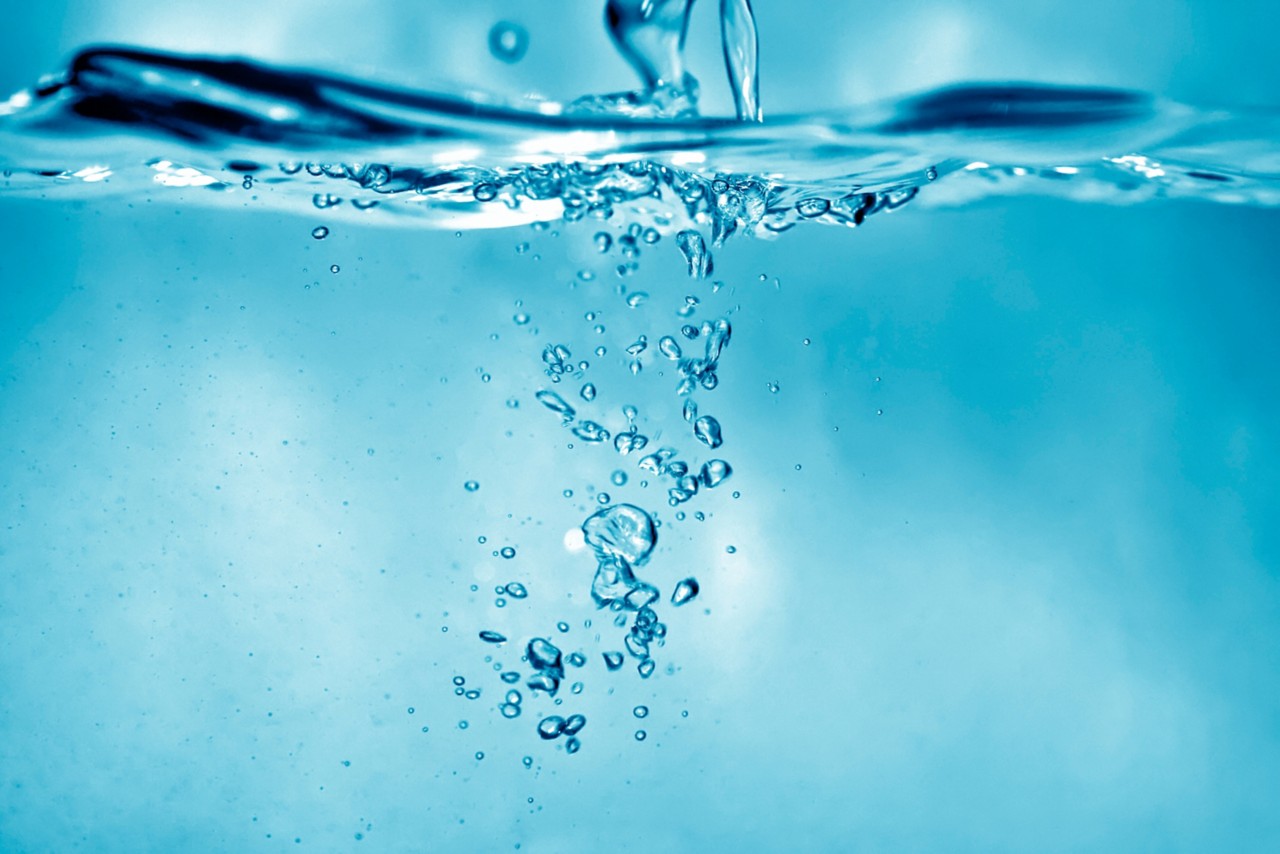Stop Wasting Water and Money. FIND A LOCAL PRO
Conserving Water – Virtual Use
When you're using water at home, whether it's in your sink, your shower, or watering your lawn, it's abundantly clear that you're depleting a vital resource that isn’t quite so abundant. It’s also pretty easy to reduce your indoor and outdoor water – shorter showers, less flushing, smarter sprinkling, etc. Virtual water use, however, is far more complicated.
First things first. What, exactly, is virtual water?
Good question. Virtual water is the hidden flow of water – and accompanying water costs – it takes to manufacture consumer goods and/or transport consumer goods from one place to another. Your virtual water footprint, therefore, is the total volume of water used to make and ship the products you buy. So how do you become a more virtual water conserving consumer?
Consider these small changes to your dietary and shopping routines:

1. Eat more vegetables
It's a well-established fact that vegetables, fruits, and grains require less water to produce than meats, dairy products, and nuts. Limiting these types of foods can cut down your virtual water footprint and help save thousands of gallons of water. When you cook with filtered water, your fruits and veggies won't be affected by chlorine or its byproducts.
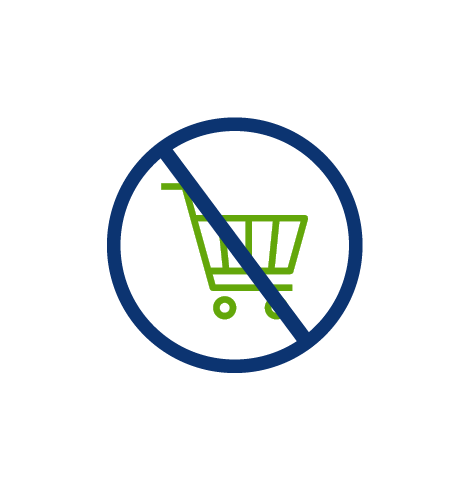
2. Don’t shop for new clothes
Cotton-based clothing uses thousands of gallons of water to produce. Instead, go thrift shopping or do a clothing swap with friends, family, and co-workers. When you're ready to let go of old clothes, donate them to charity. Extend the life cycle of your clothes by supplying your washing machine with filtered water. For best results, we recommend a Whole House Water Filter System.
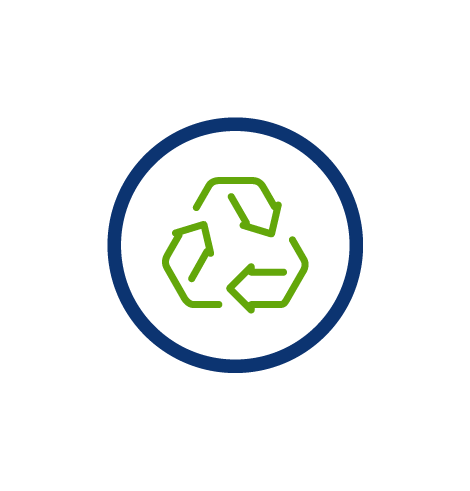
3. Buy high-quality reusable products
Almost all manufacturing processes use water, so limit your purchases of single-use items. Instead, invest in reusable products such as electric razors, dishware, drinkware, and tote bags.
We are water Experts
Water quality is non-negotiable. To prove it, we've built state-of-the-art water quality labs and filled them with the best and brightest scientists — all so we can provide you with the best water of your life.
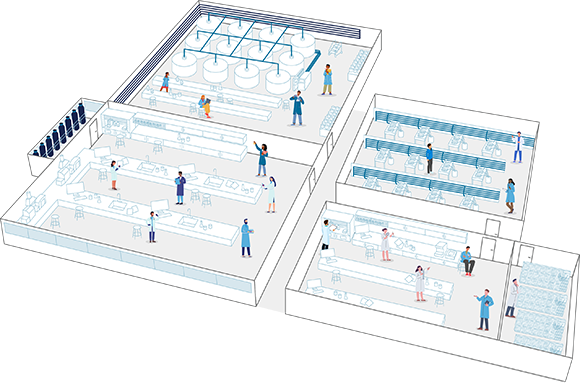

4. Install energy-efficient light bulbs
Switching to energy-efficient LED or fluorescent light bulbs will reduce your electricity use, thereby lowering your water footprint. Hydroelectric and thermoelectric power plants generate power by going through massive amounts of water daily.
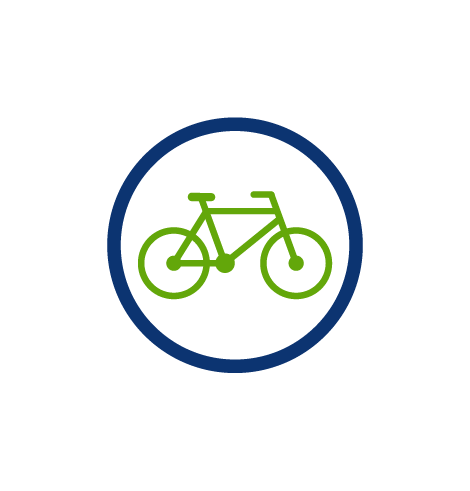
5. Take a public transit or ride a bicycle
Driving your car requires gasoline and every gallon of gas you use wastes water. If you live in an urban area with an efficient public transportation system, avoid using your car unless traveling out of town. Bicycles are also an excellent option for getting around town or commuting to work.
What's in your water?
start here
Worried about your water? Take control with our at-home water test kit. We'll analyze your water and recommend the best filtration or softening solution for your specific needs.
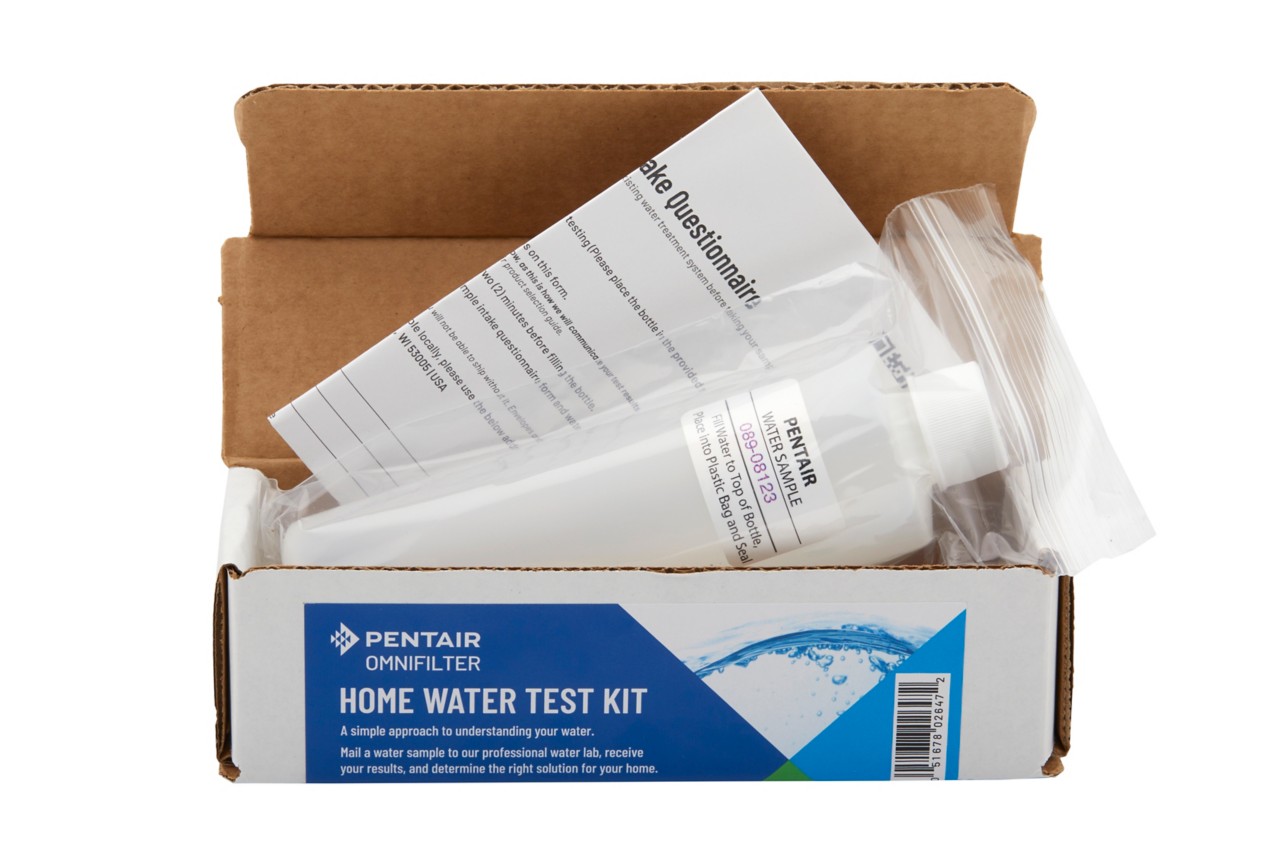
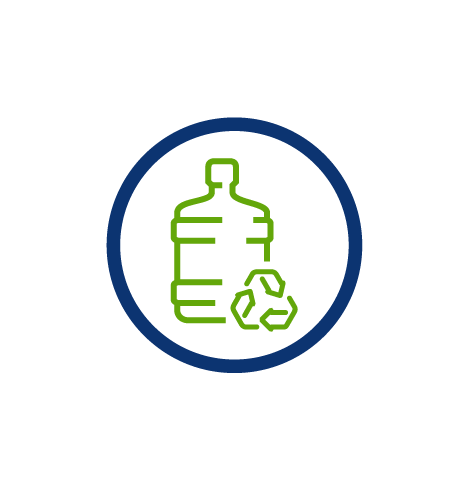
6. Bring a reusable bottle or thermos with you to store your coffee, sodas, and water
Disposable drink containers pollute the environment and are a waste of water. Ask to skip the straw and politely request service workers to pour your drink into your reusable bottle to drive down your water footprint. Fill up at home with cleaner, filtered water before heading out for your busy day.
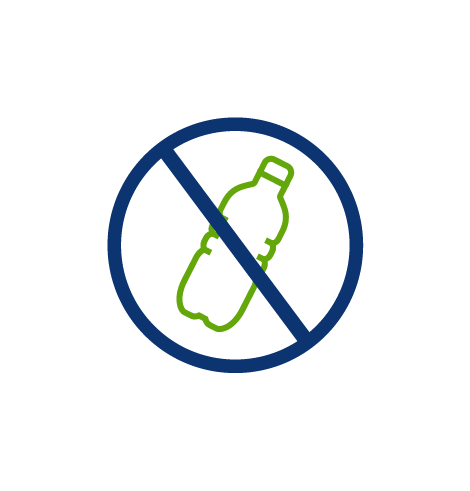
7. Cut out plastic
If you stop using plastic, you will cut down on your virtual water use. Buy reusable cloth bags for grocery shopping, bring reusable tableware when eating out, and switch to reusable bottles to drastically reduce the amount of plastic that negatively impacts the environment.
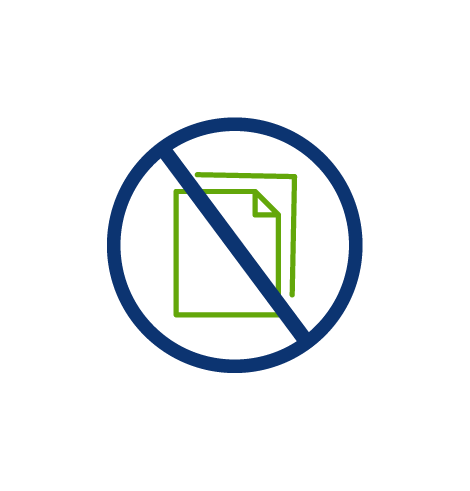
8. Use less paper
This process should be straightforward in the digital age. Instead of buying books, download a digital version on your e-reader. Avoid printing documents that aren't necessary. Remove your address from junk mail lists to reduce the amount of unnecessary mail you receive.

Water 101
Unleash the secrets of your H2O! Explore where water originates and discover the various water filtration solutions that transform it into drinkable water.



